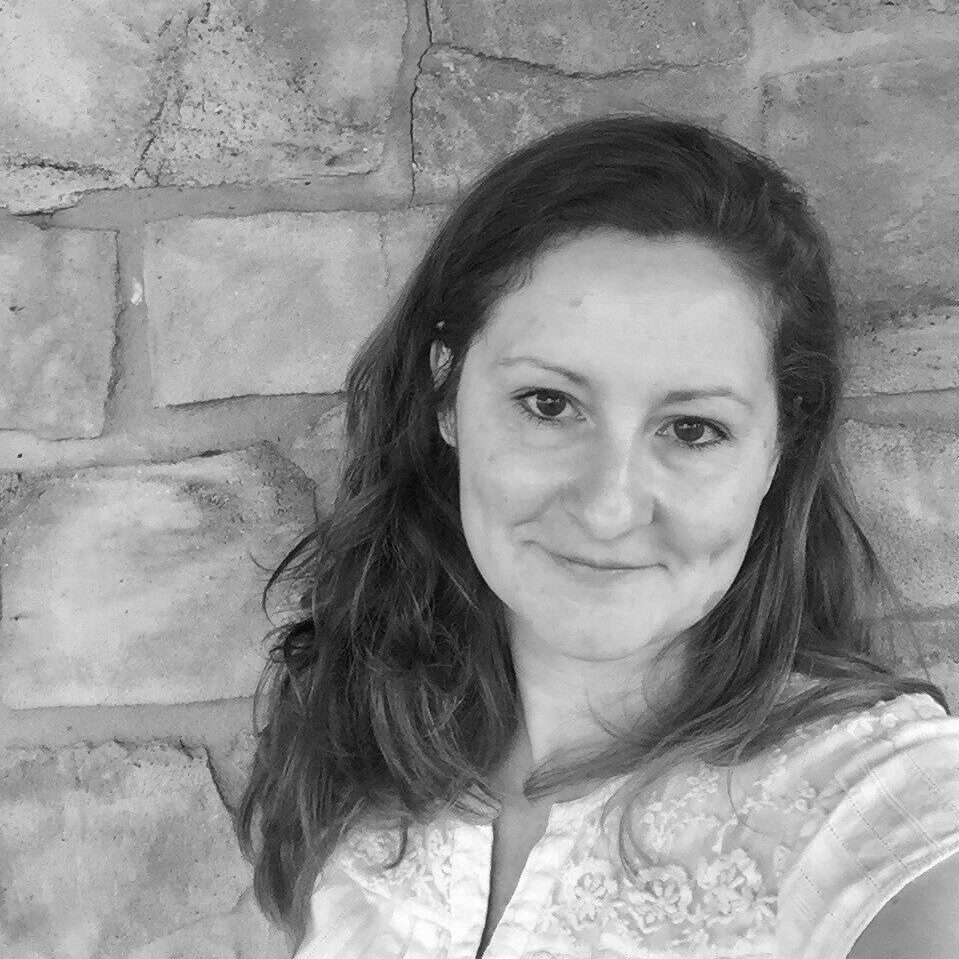
by Brandy Renee McCann
I’m at my desk in the basement of an old brick house on campus reading through transcripts of interviews with older adults. I focus on the text and ignore the Jacob Marley hiss and banging of heated air moving through the ancient pipes in the building. My work is listening for changes and stability in close relationships; for noting challenges and grit in caregiving dynamics; and for understanding vulnerabilities and resiliency among those who have experienced a lifetime of trauma. When I’m analyzing this interview data from an older person I get a glimpse into their inner world. In creative writing, this inner world is known as interiority.
Interiority speaks to the inner life of “the self” or of a character—their thoughts, motivations, and psychological processes. In Western thought, at least for the last several hundred years, the notion of the self permeates every aspect of our life. And whether I’m reading interviews, or narrating my own experience in creative non-fiction, or creating a fictive character, it is the interiority that gives depth and substance to help us make meaning from stories. For example, in the opening scene of my short story, “Of A Certain Age”, Peg worries about what to wear to church because she has a crush on a newcomer, Jamey. As she’s getting dressed, Peg briefly reflects on her disappointing experiences with dating after widowhood, on the changes her body has experienced post-menopause, and on her decision to make a bold move with Jamey. By sharing her reflections, I wanted to show that Peg is a forthright person who acts decisively.
While writing the thoughts of a character adds depth to a story, the presumption of an inner world can be misleading. Humans are not, in fact, rational beings who act from a hidden interiority with its own logic—if only we can figure out the key that unlocks the hidden meaning (the trauma, the turning point), we can know and be known by one another, we hope.
Some of us in the social sciences question the notion of an intrinsic “self” for it limits how we see the world. Rather than being an “I,” we are composed of a confluence of relationships and historical realities. As writers we encounter confluence when we struggle with finding the beginning of a story, or even with focusing on one or two points of view. In my memoir-in-progress, I use the metaphor of a laurel thicket to describe myself in the context of my big, mountain family. Up in the high country, mountain laurel, and its cousin rhododendron, grows in tight thickets where a body can easily get lost. Like walking in these thickets, it’s not always clear where my story begins and others’ end, because, even before my birth, my own experience was intertwined with that of my kin. We emerge, then, not only from a past, but from the confluence of relationship, from reciprocity, from retellings of our co-created stories.
The concept of “relational confluence”—that is exploring the ways in which human beings are linked and co-create each other—helps me as a writer. As someone who explores intimacy, sexuality, and family dynamics across the life course, the issue of the relationship between how I frame interiority and intimate interaction is very important. When I talk about my own history of having been married four times, I have to start with the imagined reader first and the assumptions they likely hold about someone like me– not only my unusual marital history, but that I’m from a working-class background and I experienced some childhood trauma. The reader meets me with a blueprint of my experience already in mind and my challenge is to maintain that connection, but also to surprise them with rooms that are bigger on the inside and tunnels that lead to secret gardens. The story of my parents’ redneck divorce when I was six, for instance, is worthy of a country song. But there’s more story there: the story of families remaking themselves, and putting out new buds to blossom. There’s the story of a mother and daughter finding their way back to each other over and over again.
I also have connections and obligations beyond the reader: A key aspect of my relation to the world is being from Central Appalachia. Keeping relational confluence in mind challenges me to talk about the intergenerational family trauma I have experienced—so many stereotypes!—in ways that do not reify harmful tropes of Appalachian culture. So while I might point to instances of family violence, for example, it is important to situate those very real moments of trauma in the context of moments of joy and love in relationships, as well as the larger sociological contexts of local cultures (e.g., economic factors, access to healthcare including mental healthcare, etc.). Bringing all those confluences to the page is a challenge, but one worth the trouble: because at the end of the day, what we write, how we talk about things, is another confluence in our relationships with the broader community that can be regenerative and healing.
Confluence means being comfortable with uncertainty, with openness, with following paths not knowing necessarily where they may lead.
Further Reading:
Cooper, B. (2018). Eloquent Rage: A Black Feminist Discovers Her Superpower. St. Martins.
Gergen, K. J. (2009). Relational Being: Beyond Self and Community. Oxford UP
Read more of Brandy’s work here at Reckon:
CNF – The Curse of Clumsy

